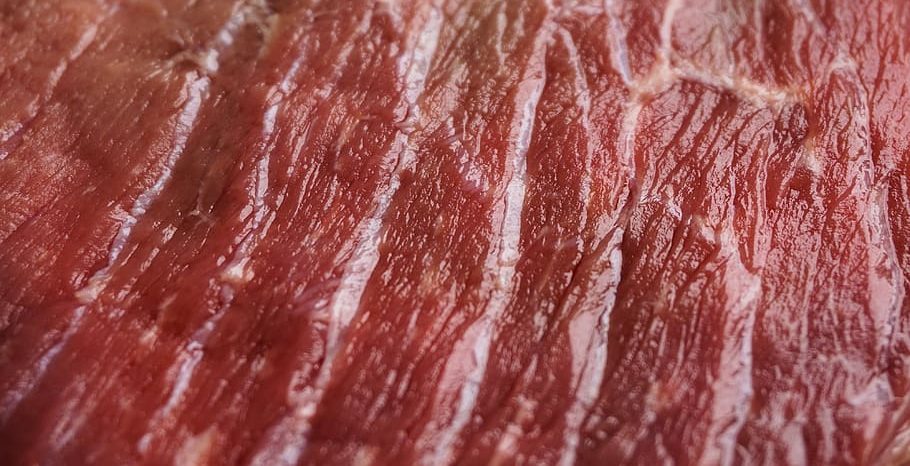Sarawak on northwest Borneo island in Malaysia is courting a steep beef price after import controls, preempting circular farming system plans.
Parts of the state had the highest beef rates countrywide at 95 ringgit ($22.41) a kg by June 6, 2025.
While retail offers across Malaysia in early June clocked 27-48 ringgit ($6.37-11.32) a kg, Sarawak’s averaged 64 ringgit ($15.10).
State premier Abang Johari is laying the blame at dependence on imports of live cattle and feed from mainly Australia.
The Sarawak Economic Development Corporation has hitherto been shipping in cattle from major origins under mutual bilateral terms.
Regarding which, the deputy premier Datuk Seri Fadillah Yusof said on June 7 that current import limitations are behind the surging costs.
Yusof was referring to the ban on beef and livestock imports from some traditional origins with foot-and-mouth disease outbreaks.
Circular Farming System
Hence, the state government is evolving a circular agricultural system where cattle breeding and feed production will be interdependent.
The deputy premier tackled the issue of breeding by admitting that foreign dependency has cut access on good local breeds.
He however encouraged the veterinary and agriculture departments to develop breeds by science to enhance domestic livestock and thus lower prices.
Regarding interdependency, the state’s 38 palm oil factories will henceforth be channeling their kernel waste into feed and biofuel.
These measures will improve the farmers’ lot via uptick productivity and thus augment the Malaysia beef price back to the fold. And as the statistics below illustrate, beef is a growing source of protein in the southeast Asia nation.
Malaysia Beef Statistics
Driven by a rising beef consumption rate of over 6 kg per capita since 2000, Malaysia’s beef sector thrives on external trade. The local industry is lackluster in production, which promotes heavy dependence on imports. According to the UK’s Agriculture and Horticulture Development Board (Ahdb), most cattle lots in Malaysia are of subsistence scale at below 10 head per lot.
The local industry produces 35,000 tonnes of beef per year, as of 2021. This makes it unable to support a 33% self-sufficiency target by the government as of 2020. Against these production odds, Malaysia enjoys a foreign trade imbalance in favour of beef imports. While exports averaged 1,000 tonnes in the 2019-2021 period, yearly imports clocked 153,000 tonnes in the same timeline. This dependency owes to a modest cattle population, which forces both livestock and beef imports.
How many head of cattle does Malaysia have?
The Malay cattle population was at 750,000 head in 2020, per a Malaysian Society of Animal Production report. 450,000 of this stock need annual slaughter if Malaysia were to meet its 2020 beef self-sufficiency target of 33%.
Where does Malaysia source its cattle meat?
Australia, India, Brazil and New Zealand are the leading cattle meat origins for the country. They accounted for the £340 million ($461.24 million) in beef imports by Malaysia in 2021.
Is Malaysia heavily dependent on beef/veal imports?
For every 1 part export, Malaysia imports 153 parts more, making it heavily dependant on beef imports. Inbound shipments have been growing steadily since 1981’s 7,000 tonnes. By 2000, they had hit 129,000 tonnes and by 2025 were verging on 250,000 tonnes, according to Index Mundi.
How much beef do people in Malaysia eat per year?
At an unofficial estimate of 8.9 kg per capita as of 2023, Malaysia is a major beef consumption market in southeast Asia. The above rate improves on the official 6.02 kg per person per year in 2020 and 6.80 kg in 2004, per the Helgi Library.
